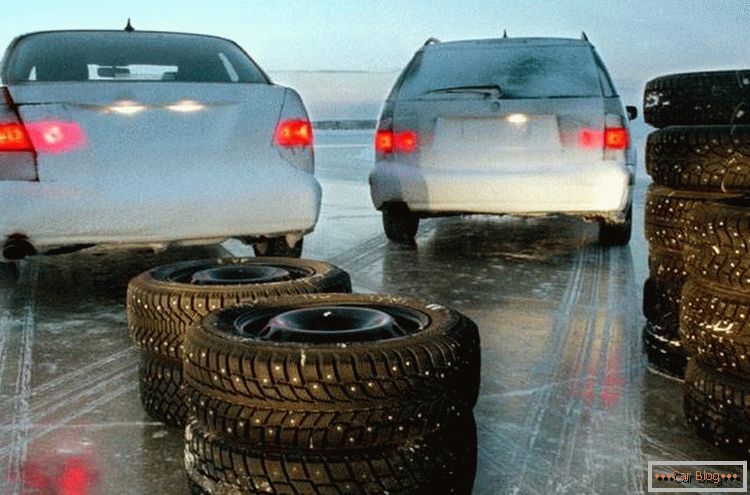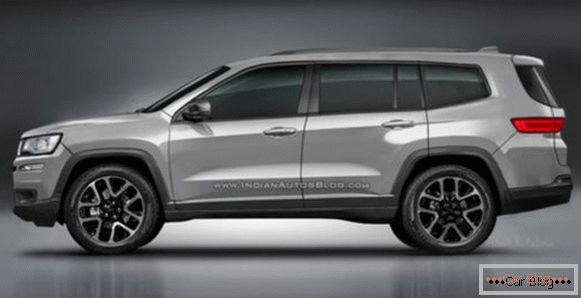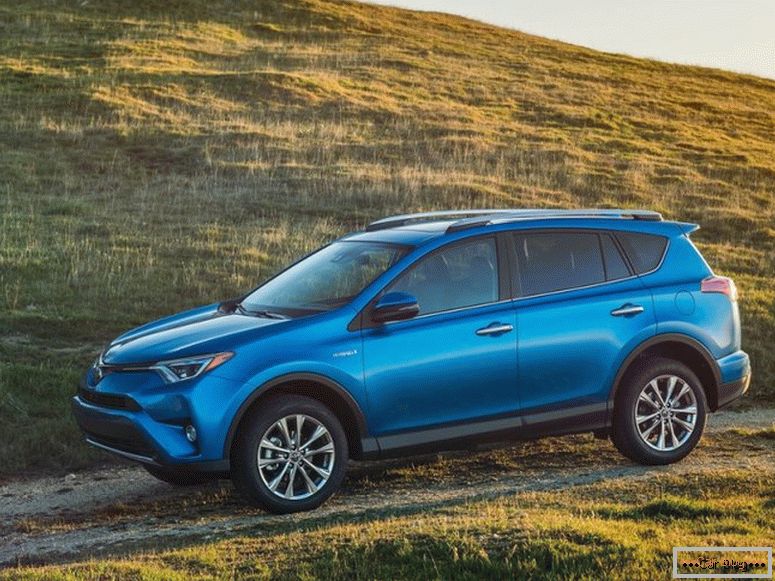The end of winter poses a new challenge for motorists on how to choose tires for a car for the warm season so that the purchase lasts a long time and without problems. It is no secret that the wrong choice of tires is not only a waste of money, but also a decrease in the driver’s comfort and safety with passengers.
Tightening the car with a “change of shoes” for a long time is not worth it, since the winter road is significantly different from the summer one. Therefore, the behavior of the car will be different. Also wear soft "winter" on dry and clean asphalt will be significantly more intense.
Content
- 1 Why tires are seasonal
- 2 Summer tires
- 3 Features of summer tires
- 4 Tread selection
- 4.1 Non-directional symmetrical tread
- 4.2 Directional Symmetry
- 4.3 Asymmetry in tread pattern
- 5 Conclusion
Why tires are seasonal
Diligent car owners change tires by car twice a year. The difference between these sets of wheels is not only in the applied figure, the functions of which are not decorative at all, the material used also differs in characteristics. Soft rubber is used in the manufacture of wheels for snowy and icy roads. Accordingly, such a structure will be completely ineffective in the heat, when everything around is melted from the sun, the wear of the surface of the rays will be maximum.
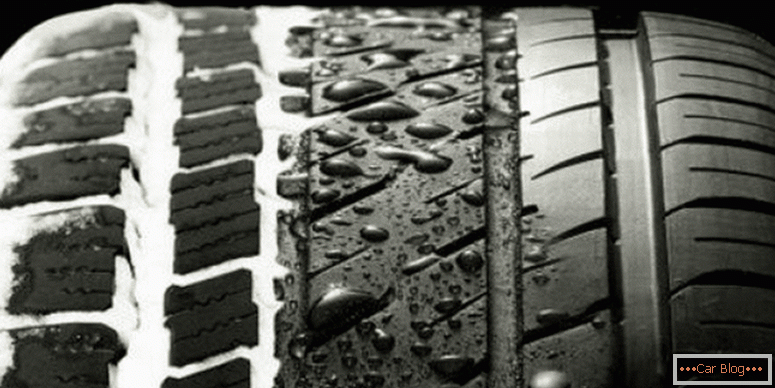
Selection by season
In wheels for dry summer tracks, manufacturers use hard rubber material. However, during frosts, its structure becomes even coarser and provides virtually no adhesion to the road surface. Due to this, the braking distance is increased, and the car almost becomes uncontrollable.
It is customary to single out another type of universal ramps, but such wheels do not justify their name in our country. Rather, on the contrary, they behave universally poor quality in the summer, possessing insufficient rigidity, and in the winter, not completely soft rubber behaves almost like a summer set.
Summer tires
Understanding which summer tires are better to choose, it is necessary to determine the selection criteria. The main parameters on which to rely are:
- The quality of adhesion with the coating is determined by the chemical composition of rubber, the pattern on the slopes and affects the acceleration characteristics and braking properties.
- The wear rate is affected by the rubber composition and tread pattern.
- For course stability is more responsible for the width of the profile and pattern.
- The noise level is controlled in the car due to the pattern and chemical components of rubber.
- Stability when turning on roads with different pavement.
- Permissible speed limit possible with such rubber.
- For a comfortable ride in the car meets the power frame skates.
- Do not pick too heavy wheels, as this is an additional burden on the car.
- Too expensive ramps do not always justify the investment, too, and too cheap wheels can bring at the wrong moment.
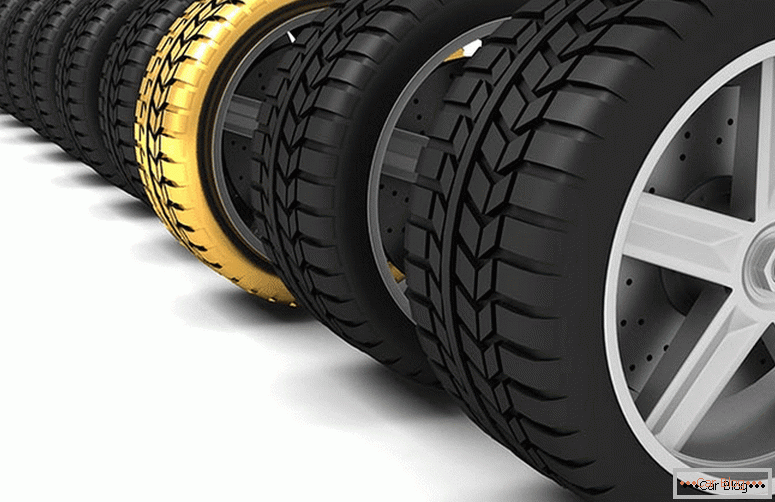
Since no manufacturer in the world produces tires that fit all categories at the same time, then every car owner tries to pick up the ramps with the maximum number of positive characteristics from the list.
Features of summer tires
Before you choose tires, you should know what they are made of. The main components for the manufacture of rubber are rubber and soot. Also added to the composition of some types of silicates, for greater viscosity in the structure make vegetable and synthetic oils and starch. Resistance tires add additives.
All ingredients should ultimately provide a high degree of adhesion to wet asphalt and reduce the coefficient of rolling friction. Data on these parameters can be found in open sources from manufacturers. At these numbers, companies often focus buyers.
Summer tires with a higher coefficient of adhesion, will arrange active drivers. Those who prefer to save money at gas stations on long journeys, we can recommend to make a choice in favor of a lower rolling resistance coefficient.
You need to know that the "pereobuvat" car is necessary when the temperature approached +7WITH.
It is advisable to take care in advance of replacing skates with seasonal ones.
Tread selection
Equally behaving tires on all types of roads yet, and the balance has to be respected, choosing from various patterns from manufacturers. The picture with massive protruding parts of the pattern with large ditches between the elements is suitable for aggressive off-road driving. The ornament will create a worthy patch of contact and will cling to all the ledges and irregularities of such a route.

In urban conditions, this rubber will behave too noisy, will not allow to develop a good speed, reduce handling and will deteriorate a lot during long-term operation on hard surface.
For megacities, a smaller picture with a dim texture will be more appropriate. This will give the maximum contact patch on the asphalt. A car with such tires will be more stable on turns and reduce the acoustic effect of the work on the coating.
There are several well-established types of patterns for summer tread protectors.
Non-directional symmetrical tread
This type is the most popular and universal option for drawing a pattern. The positive qualities of such a pattern include the same characteristics of tires issued under different working conditions, including the direction of rotation of the wheel. They can be safely re-installed within one car. They will work more efficiently on high-powered machines under high-speed loads. For rainy weather with them it is worth reducing the speed limit.
See also: How to determine tire wearDirectional symmetry
In these slopes a prerequisite is to comply with the directivity. Otherwise, all the work of engineers to create high-quality summer tires will be invisible. Such an texture on the surface of the wheels reduces the ability of the car to aquaplaning. However, when the wheel is incorrectly delivered, it can lead to the opposite effect.
Asymmetry in tread pattern
With this pattern, the wheels demonstrate the same high-quality performance both in the rain and on a dry surface. This is due to the constructive division into internal and external areas. The direction of rotation in this case plays an important role, so it is necessary to monitor the installation of the tire on the car drive.
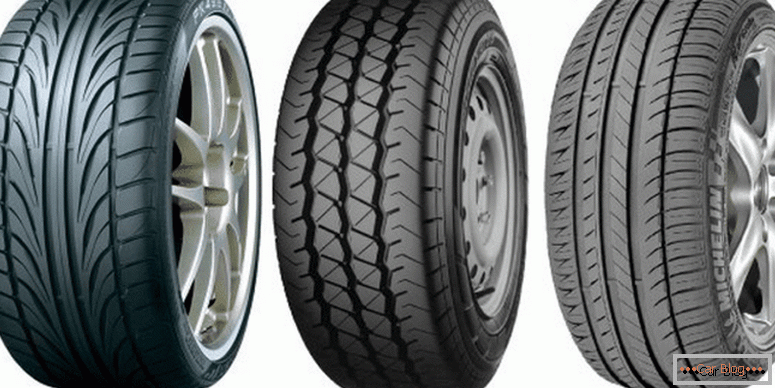
Thanks to such an ornament on its surface, a set of wheels provides high directional stability for the car, as well as predictability when making maneuvers. Notwithstanding the direction of the patterns, different tires may be with different depths in the gutters.
You need to know that deeper grooves allow you to confidently behave in the wet.
To remove waste water from the contact zone, technological grooves are used, thereby reducing the effect of aquaplaning. Rubber with these properties is marked with the icons “Aqua” or “Rain”. For a V-shaped tread pattern, dry asphalt is recommended, and on a wet surface they increase the risk of instability.
Conclusion
Selecting summer tires for the car, you need to know in what conditions and on what roads it will be mainly used. Low profile chutes will be ineffective for poor-quality coatings with a large number of chopped holes. Off-road tires will give more trouble on asphalt. To protect against side cuts, some companies use wheels with reinforced sidewalls.
Wheels with a similar pattern can give completely different results. This is indicated even by tests of major automotive publications, because the composition of rubber also affects the performance properties.
There are many companies with not such advertised names, but producing high-quality skates, so it’s wrong to choose by one price criterion Although buying a suspiciously cheap kit should be suspicious.
When buying used ramps, attention should be paid to the presence of patches, the nature of wear, obvious defects, tread depth and other deviations. It is necessary to check carefully every ramp, so that the kit does not deliver surprises on the track.

